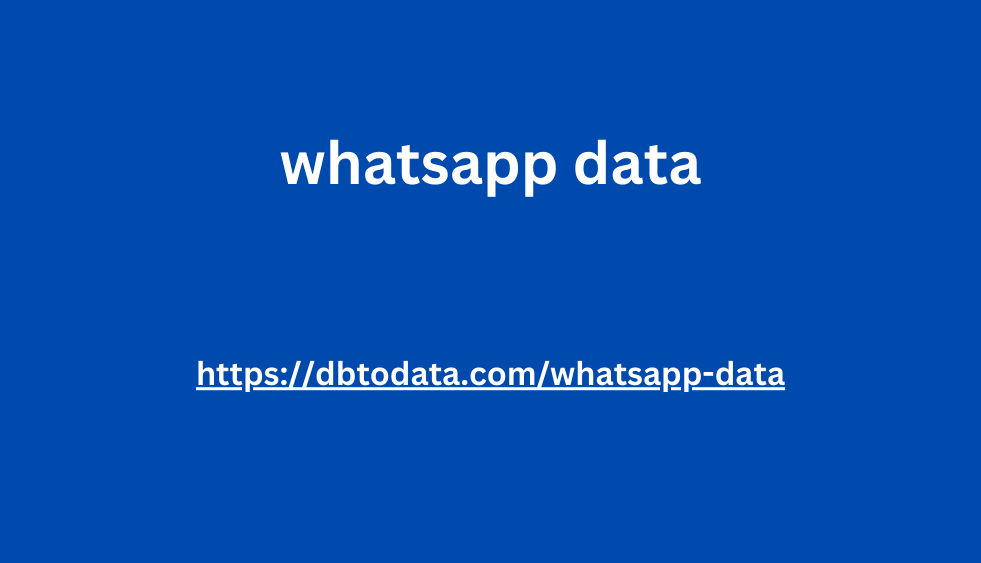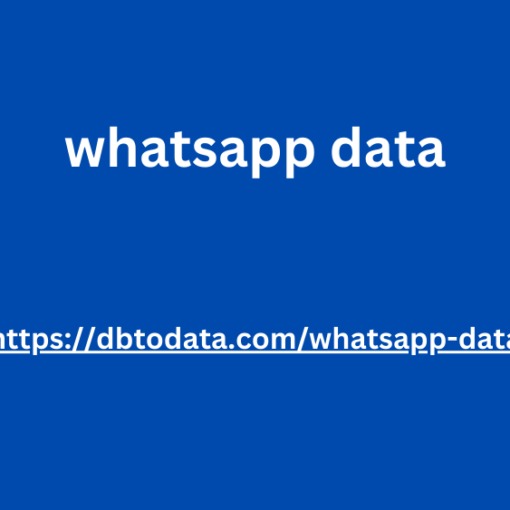The annual youth survey (conducted by Mediahuis, Wayne Parker Kent and Mediatest) has been published again. It gives us the most recent figures on the behaviour of young people (15-35 years). Of course, it is interesting for us to see how they use media, but the survey also touches on other topics. Think of norms and values, daily life, sustainability and how they view brands. I will take you along the most striking insights from this youth survey of 2024.
About the 2024 youth survey
In previous editions of the study, a distinction was made between generations. Since last year, this has been done on the basis of age.
This year’s survey also broke down the results by age:
15-21 years
22-28 years
29-35 years
That provides interesting insights, because the young youth is not the older youth.
News consumption via social media
There is already a big difference in the way young people consume news. For 15 to 21 year olds and 22 to 28 year olds, social media is the biggest source of news, for the older group (29-35) it is the online/digital newspaper.
It is striking that TV is increasing slightly in the youngest group: from 7% to 10%. The popularity of the digital newspaper is decreasing among 22 to 28 year olds and 29 to 35 year olds, a trend that has been visible since 2019. Young people prefer not to whatsapp data pay for news provision; only 12% have a paid subscription to a paper newspaper and 18% to a digital newspaper.
Young people prefer not to pay for news services.
Still an average of more than three hours of television per day
Young people spend an average of more than three hours a day in front of the television. It should be noted that when presenting these figures, no mention is made of the device on which they are watching and that this figure includes all forms of viewing: linear television viewing, catch-up viewing, on-demand / via streaming services and watching online video content.
Linear, on-demand, online or streaming
Linear television viewing has declined Wij Beschouwen Ons Een Verlengstuk rapidly in recent years, but is now showing a stable picture. On-demand viewing takes up the largest share of the viewing pie for all age groups, followed by viewing online video content, with the youngest group (15-21 years) spending the most viewing time in this way.
In terms of streaming services, Netflix by lists remains the largest (despite the percentage in use decreasing compared to last year), followed by Videoland and Disney+. On average, young people have 4.3 paid or unpaid streaming services, with the 22-28 age group using the most streaming services (4.6). For the youngest and oldest group of young people, the average is 4.1.
Also read: Struggling to understand Gen Z? Here’s how to speak their language
5 hours of screen time, with Facebook as the big loser
The figures on social media use have been stable for quite some time. What other studies also show (for example the ‘ What’s Happening Online’-research and the National Social Media Research of Newcom ), WhatsApp remains the most used social medium, followed by Instagram.





